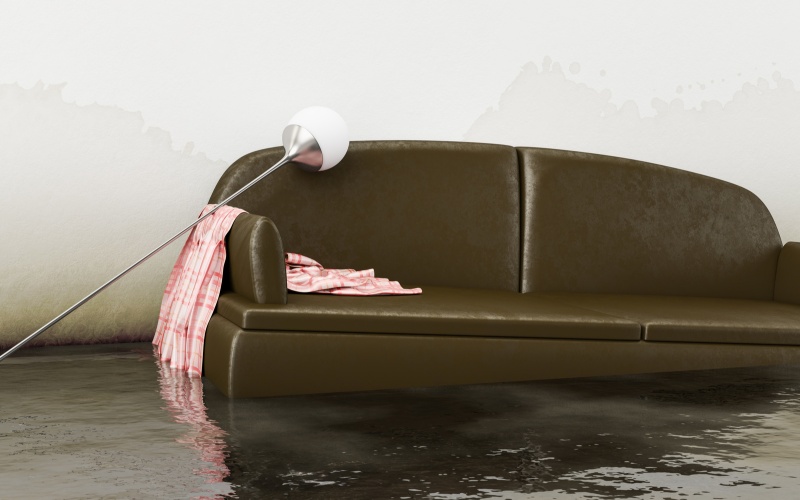As summer approaches, the lure of sunny skies and open roads makes biking a delightful prospect. Whether you’re a seasoned cyclist or a casual rider, buying the right bicycle enhances your experience and keeps you active during the warmer months. This guide will walk you through everything you need to know to select the best bicycle for your summer adventures, from assessing different types of bikes to understanding key features that impact performance and comfort.
Understanding Different Types of Bicycles
When selecting a bicycle for summer riding, it’s crucial to understand the different types available and which type suits your planned activities. Road bikes are built for speed and paved surfaces, making them ideal for long-distance riding on asphalt. Mountain bikes, with their robust frames and wide tires, are designed for off-road trails and rugged terrains. Hybrid bikes combine features of both road and mountain bikes, offering versatility for those who enjoy both city commuting and occasional trail riding. Choosing the right type of bike depends on where and how you plan to ride, so consider your environment and riding style carefully.
Frame Material and Construction
The frame is the heart of your bicycle, and its material significantly affects both performance and price. Aluminum frames are lightweight, affordable, and resist corrosion, making them a popular choice for casual and beginner riders. Carbon fiber offers the best in lightness and strength but at a higher price point, suitable for serious cyclists who value speed and long-distance comfort. Steel frames are heavier but extremely durable and offer a smooth ride due to their natural vibration damping properties. Assessing your priorities in terms of weight, durability, and cost will help you choose the right frame material for your needs.
Size and Fit
Selecting the correct bike size is paramount for comfort and efficiency. A bike that is too small or too large can lead to discomfort and injuries over time. Ensure that you can stand over the frame with a comfortable clearance, and that when you’re on the bike, the reach to the handlebars feels natural. Most shops offer sizing charts, and it’s advisable to get a professional fitting if you plan to ride frequently or for long distances. Proper fit not only enhances comfort but also optimizes your pedaling efficiency and overall riding experience.
Gearing Options
Gears play a crucial role in your bike’s handling across various terrains. More gears allow for a broader range of speeds and make it easier to handle steep inclines. For hilly areas, a bike with a wide gear range is essential. Conversely, if you’re riding primarily on flat terrains, you may not need as many gears. Bikes with single-speed or fixed-gear setups offer simplicity and lower maintenance but require more effort in hilly terrains. Consider your local geography and your fitness level when choosing gearing options.

Braking Systems
Reliable brakes are critical for safety, especially when riding in summer when roads can be busy with vehicles and pedestrians. Rim brakes are common and generally cost less, but they may perform poorly in wet or muddy conditions. Disc brakes, both mechanical and hydraulic, provide superior stopping power under various conditions and are particularly effective in wet weather. They do add weight and cost to the bike but are worth considering if you anticipate riding in diverse weather conditions or on varied terrain.
Wheels and Tires
The choice of wheels and tires impacts the bike's handling characteristics and the type of terrain it can handle. Thinner tires are standard on road bikes for speed on smooth surfaces, while wider tires found on mountain bikes offer stability and grip on rough terrain. Hybrid bikes usually have moderately wide tires to handle both paved roads and light trails. The durability of the tire rubber and the design of the tread pattern also contribute to the bike’s performance and safety, particularly in wet conditions or on uneven paths.
Suspension Systems
A suspension system can greatly enhance comfort by absorbing shocks from bumps and uneven surfaces, which is particularly beneficial for off-road cycling. Mountain bikes often come with front and sometimes rear suspension to handle rough trails. For urban and casual riding, a rigid fork is generally sufficient and provides more direct handling and less maintenance. Decide whether the additional comfort of a suspension is worth the extra weight and ongoing upkeep based on your typical riding terrain.
Accessories and Customization
Consider what accessories you might need for your cycling adventures. Options like cargo racks for carrying items, fenders to protect against road spray, and lights for visibility are not just conveniences but necessities depending on your cycling habits. Many bikes come with options for customization, allowing you to tailor your bike to your specific needs with various accessories that can enhance functionality and comfort during rides.
Budget Considerations
Your budget will inevitably play a significant role in the type of bicycle you choose. While it’s tempting to save money upfront, investing in a higher-quality bike can be more cost-effective in the long run due to lower maintenance costs and better durability. Consider setting a realistic budget that allows for the purchase of a reliable bike, as well as any necessary accessories and potential upkeep.
Conclusion
Purchasing the right bicycle for summer rides is a decision that affects not just your comfort but also your safety and enjoyment of the sport. By considering the type of riding you’ll be doing, the features that are most important to you, and your budget, you can choose a bike that will be a joy to ride all summer long. Whether cruising through city streets or exploring rugged trails, the right bike will help you make the most of the sunny season. Get ready to pedal through the summer with confidence and style, equipped with a bike that perfectly suits your cycling needs.




